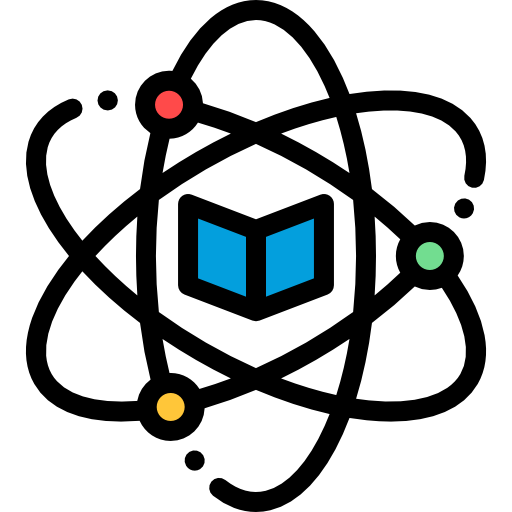Please proceed with your order so that we can facilitate taking your exam on your behalf. Click Here
The syllabus for the University of Michigan Physics 1112 syllabus features a number of changes from previous years. For starters, the course was restructured in order to teach a wider array of topics. In addition, the new syllabus was introduced by allowing students to choose their own units to learn from. The old syllabus allowed students to choose from four units and study the concepts in these units.
Students are now permitted to study at their own set of time. They can choose any units to learn about and choose how many units they want to learn from them. This is a great option for students, since it makes it easy for them to learn from the syllabus as they study.
The course involves many modules that are presented in a sequential manner. Students will learn topics and theories that are relevant to their career goals. There are also tests at the end of each module, and students will receive feedback from instructors on how well they understood the material covered in that module. Students can opt to take the tests in the morning or in the evening, depending on their personal schedules.
Students have a lot of freedom to choose their units and groups to learn from. It is their choice, therefore, on how long they would like to study each module. They may decide to go over some topics more than others, depending on the subjects that interest them. Students can select from either general topics, such as atoms, molecules, or energy, and even on their favorite area of physics.
The syllabus also allows students to choose the time that they would like to study and work at their own schedule. Previously, students were required to spend a certain amount of time at a desk throughout the semester, but now, students can work any time they wish. on the assignments that they have taken.
The course includes a lot of projects that students have to complete at the end of the semester. They can submit their project at the end of the semester or they may take responsibility in starting the project planning process. However, it is their responsibility to make sure that the project is written before the deadline is reached. Students have a large selection of projects to complete, with topics ranging from understanding the behavior of magnets and the behavior of atoms to calculating the behavior of the electric field and how it relates to electricity.
Students have the choice of taking a full course in a semester, or they can take only a part of a course in a semester. They are free to decide whether they will be taking a full course in a semester or a part of a semester. There are also sections that give students the opportunity to complete the course online. Students can even take the course online after having earned a bachelor’s degree in physics.
Students can find out how many units they will need for the course by looking at the course description or by consulting the course map. Units need to be calculated based on the student’s grade average. Units should not be taken for granted because they are used to calculate final grades. Most courses, however, have a specific grade distribution for students to follow, so students can avoid unnecessary confusion when learning how to calculate their grade point average.
The class usually consists of about 50 minutes of lecture time and one class period per week. There is usually a break period of about two minutes, at the end of the semester, so that students can review the materials and get prepared for the next semester’s lab. Most students have to pass an exam in order to continue on with the next semester’s class.
The course is an excellent introduction to the subject matter for students who are just beginning their studies. It also provides the necessary skills needed to understand the concepts used by graduate students in research, and is a good choice for students who want to expand their knowledge and understand more about the subject matter. It provides students with opportunities for self-directed learning and allows students to move forward with their own pace in the course.


